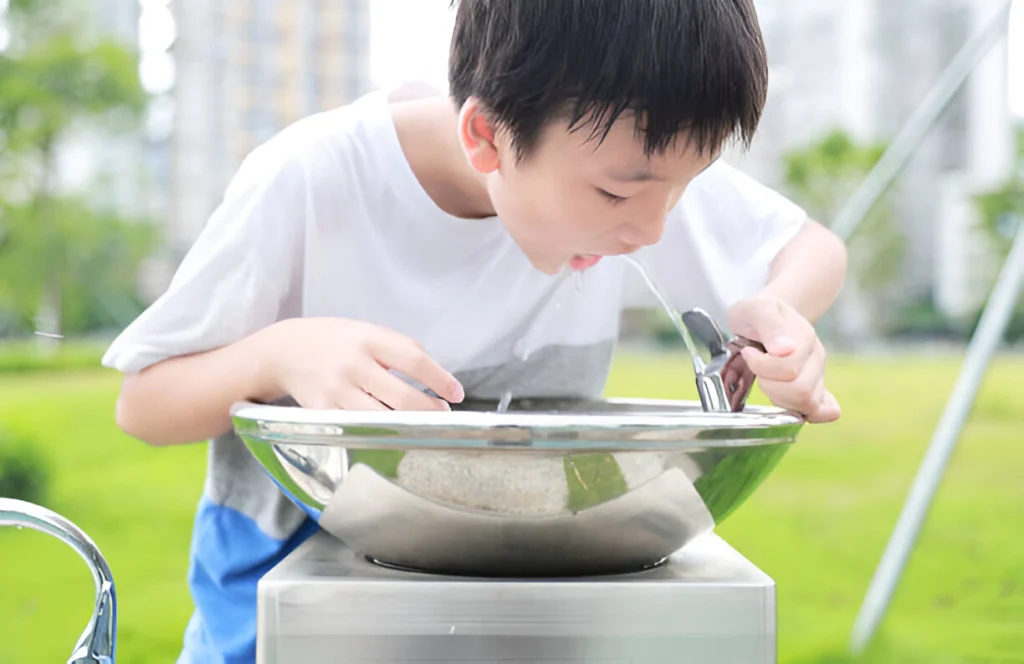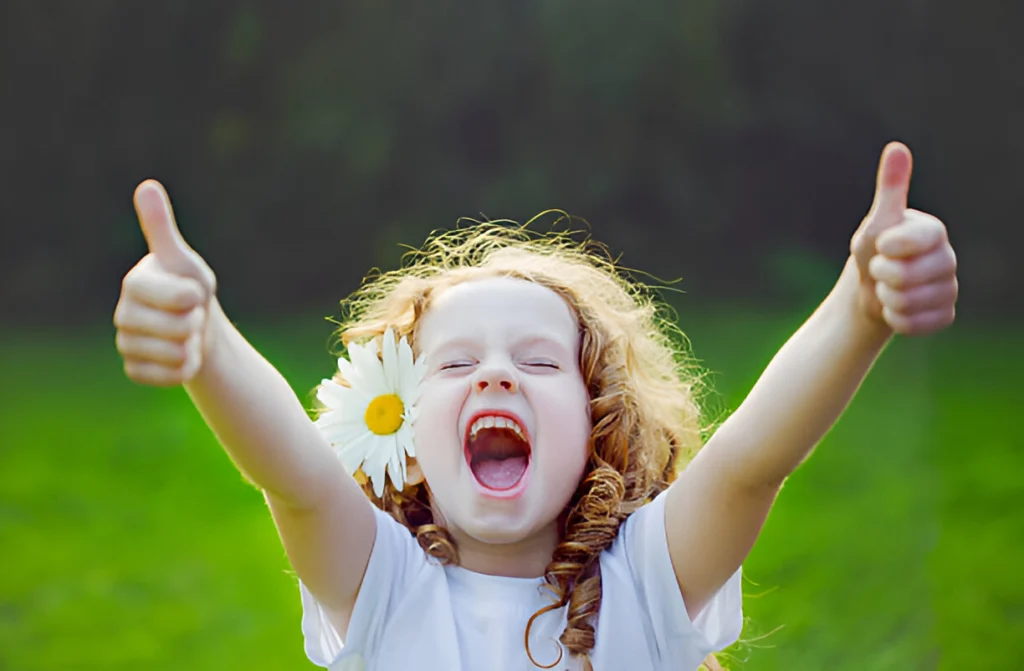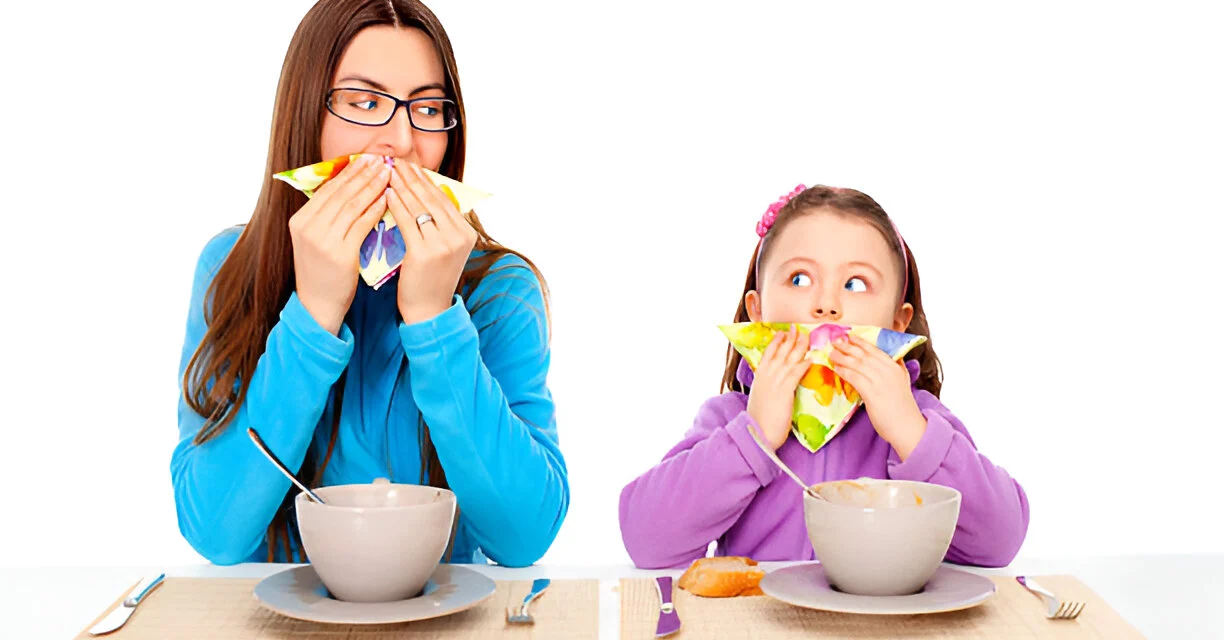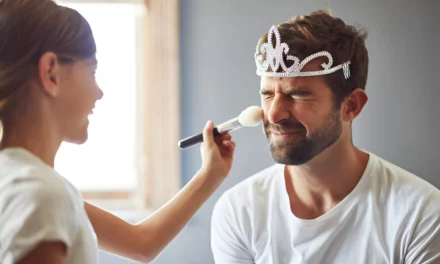As a parent or educator, you face the challenge of keeping order and creating a good learning space. The secret to success is not in strict rules, but in the power of positive reinforcement. Positive reinforcement is a better way to discipline kids through praise, rewards, and teaching, not punishment.
The idea of positive reinforcement started in the 1940s with American psychologist B.F. Skinner. He did important studies on rats and found that positive reinforcement works best to shape behaviors1. Many studies have backed this up, showing kids are more likely to do something good if they get a reward than to stop doing something bad if they get punished1.
Key Takeaways
- Positive reinforcement is a powerful tool for promoting good behavior in children.
- It focuses on teaching and rewarding desired behaviors, rather than punishing undesirable ones.
- Positive reinforcement has been shown to be more effective than punishment in encouraging long-term behavior change.
- Effective positive reinforcement requires intentionality, diversity, and timely acknowledgment of good behavior.
- Developing a well-structured reward system can significantly improve student motivation, teamwork, and cooperation.
Introduction to Positive Reinforcement
Definition and Importance of Positive Reinforcement
Positive reinforcement is a way to teach and discipline children without punishment2. It builds respect and self-esteem in kids, helping them learn good behavior3. It’s about praising and rewarding students for their achievements in class, making learning a positive experience.
Understanding the Power of Positive Reinforcement
Positive reinforcement is a method that makes good behavior more likely to happen again2. It’s used to encourage both good and bad behaviors in students2. Experts say it’s better to praise kids for their good actions than to punish them, as it helps manage their behavior better4.
Shaping is a technique that rewards small steps towards a goal behavior4. Adding something positive to encourage a behavior is the most effective way to teach it, whether in people or animals4.
| Negative Reinforcement | Positive Reinforcement |
|---|---|
| Described by psychologist B.F. Skinner in his theory of operant conditioning3. When conditioned to exhibit behaviors to stop an aversive stimulus3. | Natural reinforcers tied to positive behavior outcomes3. Token reinforcers exchanged for rewards3. Social reinforcers as positive encouragement from others3. Tangible reinforcers3. |
| Examples: Child avoiding vegetables in mac and cheese to prevent a tantrum, child brushing teeth regularly to avoid getting cavities filled3. | Examples: Among school districts with below-average reading scores, paying second-grade students $2 for reading a book and passing a quiz resulted in a significant increase in reading comprehension4. |
| Difference between negative reinforcement and punishment: Timeout introduced to motivate behavior change3. | Most schools in the United States have banned corporal punishment as it has been associated with negative effects such as increased aggression and antisocial behavior in children4. |
Why Positive Reinforcement Works

The roots of positive reinforcement go back to B.F. Skinner’s work in the 1940s. Skinner’s studies on operant conditioning showed that rewarding good behavior makes it happen more often5. This idea is based on Thorndike’s law of effect, which says actions are repeated based on their outcomes5.
Historical Background and Research Findings
Positive reinforcement makes behaviors stronger by adding something good, encouraging them to happen again5. It’s been studied and used in many places, like animal training and classrooms. Studies show it’s great for changing behavior and getting good results6.
A Brigham Young University study found kids aged 5-12 focused up to 30% more with positive reinforcement in school6. It also helps kids learn to monitor themselves, manage time, set goals, and evaluate their own work6.
Positive reinforcement is better at making behaviors stronger than punishment5. Punishment might stop bad behavior, but positive reinforcement makes good behavior happen more5.
| Type of Reinforcement | Description |
|---|---|
| Positive Reinforcement | Adding a desirable stimulus to increase the likelihood of a behavior occurring again |
| Negative Reinforcement | Removing an undesirable stimulus to increase the likelihood of a behavior occurring again |
| Punishment | Adding an undesirable stimulus or removing a desirable stimulus to decrease the likelihood of a behavior occurring again |
| Extinction | Removing the reinforcement for a behavior, causing the behavior to decrease in frequency |
Many experts, like the American Academy of Pediatrics and the American Psychological Association, support positive reinforcement. They recommend it for classrooms and workplaces5.
“Positive reinforcement should be used thoughtfully to avoid reinforcing undesirable behaviors, ensuring it is applied correctly to encourage positive actions.” –5
Five Positive Reinforcement Strategies
Positive reinforcement in the classroom should be thoughtful and varied. Using different methods keeps students engaged and motivated. It’s important to be intentional and flexible with your strategies.
Be Intentional and Diverse with Reinforcement Methods
Effective positive reinforcement needs a strategic and varied approach. First, identify the behaviors you want to encourage. Then, choose a mix of techniques that will appeal to your students7.
Use nonverbal cues like thumbs-up gestures, stickers, or personalized notes along with verbal praise7. Small prizes or privileges can also motivate students7. Group rewards that promote teamwork and competition can make the classroom positive.
Students react differently to positive reinforcement, so try different methods8. Being intentional and diverse helps create a supportive learning environment where students can flourish.
| Positive Reinforcement Strategies | Benefits |
|---|---|
| Nonverbal Cues (Thumbs-up, Stickers, Notes) | Provide instant feedback, demonstrate recognition, and foster a positive classroom culture. |
| Verbal Praise | Boosts confidence, reinforces desired behaviors, and strengthens the teacher-student relationship. |
| Tangible Rewards (Prizes, Privileges) | Offer tangible incentives that motivate students to continue exhibiting positive behaviors. |
| Group-based Rewards | Encourage teamwork, collaboration, and healthy competition while promoting a positive classroom environment. |
Positive Reinforcement for Good Behavior

Positive reinforcement is a great way to encourage good behavior in the classroom9. It focuses on rewarding positive actions. This makes students want to do more of the good stuff, making learning better for everyone9. Always reward the good behavior and never the bad9.
It works by giving students immediate feedback and praise for their efforts10. You can use praise, stickers, or small treats as rewards11. The most important thing is to match the reward to the student and the situation11.
Studies show that positive reinforcement really helps kids behave well10. It can encourage sharing, following rules, and listening10. But, don’t rely too much on treats, as it can make kids less motivated11.
Using positive reinforcement in the classroom makes it a better place to learn9. It’s all about giving immediate and specific rewards that fit each student’s needs11.
| Type of Positive Reinforcement | Description | Examples |
|---|---|---|
| Social Reinforcement | Providing recognition, approval, and attention for positive behaviors | Praise, affection, high fives |
| Token Reinforcement | Earning points or tokens that can be redeemed for rewards | Sticker charts, reward cards |
| Tangible Reinforcement | Receiving physical rewards or privileges | Small treats, extra free time, special activities |
| Natural Reinforcement | Experiencing the inherent satisfaction or consequences of a behavior | Improved emotional well-being, better grades, positive relationships |
Positive reinforcement is a powerful tool when used right11. It helps create a positive and engaging classroom. This encourages good behavior and helps students succeed91011.
Timely Positive Reinforcement
Timing is key in positive reinforcement. Waiting too long to praise a student’s good can lessen its impact. It’s vital to give immediate feedback and praise when you see the desired behavior12.
Quick praise helps make the behavior more likely to happen again12. This is especially true in classrooms, where it helps keep things positive and focused on learning12.
- Give immediate verbal praise or a quick high-five when you see a student doing well.
- Notice and praise positive behaviors right away to make the reward clear.
- Use both quick rewards and delayed ones, like points or prizes, to keep students motivated.
Using positive reinforcement at the right time helps shape good behaviors in students12. It makes classrooms better places to learn, full of support and care13.
| Positive Reinforcement Timing | Impact on Behavior |
|---|---|
| Immediate Feedback | Strengthens the link between the action and reward, making it more likely to happen again. |
| Delayed Reinforcement | Keeps students interested, but its effect is less immediate than immediate praise. |
Positive reinforcement is a strong tool for changing behavior and managing classrooms. By praising or rewarding students promptly and regularly, you encourage the behaviors you want to see more of1213.
Curbing Unrealistic Expectations
When you want to improve behavior in your classroom, don’t set too high goals. Instead, celebrate small steps forward14. This way, students feel good about their progress, no matter how small.
Focus on Incremental Encouragement
Give praise for even the smallest improvements. This makes students feel accomplished and motivated14. It also makes them more engaged and happy to learn14.
Don’t wait for a big change. Celebrate every small step towards better behavior14. Praising their small wins helps them grow and learn more.
Positive feedback is powerful, but use it wisely15. Finding the right balance between praising and keeping standards high is key. It helps create a supportive learning space.
By focusing on small wins and realistic goals, you empower students to own their behavior16. This method boosts positive behavior and builds confidence and resilience. These skills help them succeed in and out of school.
Understand How Students Receive Praise
It’s important to know that students react differently to praise. Some might feel embarrassed by public praise, while others love it. Getting to know your students and their praise preferences is key to making praise work well17.
Some students like quiet praise, like a note or a discreet high-five. Others enjoy being praised out loud or in front of others17. It’s good to mix up how you praise to meet everyone’s needs17.
| Reinforcement Method | Suitable Student Personality Types |
|---|---|
| Verbal Praise | Extroverted, outgoing students who enjoy public recognition |
| Written Feedback (notes, letters) | Introverted, private students who prefer quiet acknowledgment |
| Nonverbal Cues (high-fives, thumbs up) | Students who are sensitive to public attention but appreciate discreet positive reinforcement |
| Group/Peer Recognition | Students who thrive on social interaction and enjoy being recognized by their peers |
By knowing your students’ praise preferences, you can make praise more effective17. This approach strengthens your bond with students and makes the classroom a better place18.
“The ideal praise-to-criticism ratio for students is 4:1, meaning for every negative feedback, there should be a minimum of four positive comments to balance it out.”18
Effective praise isn’t the same for everyone. By understanding your students, you can create a place where positive reinforcement, student personality, and praise preferences all help students grow1718.
Develop a Reward System
Creating a reward system is a great way to help students grow and work together. Positive reinforcement through rewards can really help students behave well and do well in school.
Avoid Limited Prizes
It’s important to avoid giving out the same old prizes. Instead, reward students for their hard work and progress. This can really boost their motivation and interest in learning.
For example, a system where students get 10 cents for every three points they earn is a great way to encourage good behavior and success in school.
Focus on Effort and Improvement
By focusing on effort and progress, you can create a classroom where students love to learn and grow. This mindset helps students take on new challenges and strive for more.
Research shows that getting rewards often for small tasks makes work more enjoyable. This is better than waiting for a big reward later.
Encourage Teamwork and Competition
Adding team rewards and friendly competition can make students feel like they’re part of a team. For older students, rewards can be things like extra video game time or small amounts of money. These rewards keep students engaged and make them feel accomplished.
By setting up a reward system that values effort, teamwork, and competition, you can make your classroom a positive place. It’s not about spending a lot of money. It’s about finding rewards that fit each student’s needs and interests.
Positive Reinforcement in the Classroom
Positive reinforcement is key to success in school. It makes students feel safe and motivated to learn. Studies show it boosts their grades19. Teachers use different methods to make learning fun and rewarding.
Benefits of Positive Reinforcement for Learning
Positive reinforcement helps students learn and grow20. It encourages good behavior and reduces bad habits20. It also improves grades and helps students get along better with others20.
Teachers use many ways to help students succeed19. They use tokens for good behavior and rewards19. They also work together as a class for bigger rewards19.
Verbal praise is a big help too20. It makes students feel good about their actions. Small rewards like stickers motivate young kids20. Feedback from friends also boosts their confidence20.
Positive reinforcement changes the classroom for the better20. It makes students want to behave well and learn more. Simple activities and tools make it easy and fun20.
In short, positive reinforcement is a game-changer in school1920. It helps students do well and feel good about learning. Teachers can make a big difference with the right strategies.
Types of Positive Reinforcement
There are several key types of positive reinforcement that can greatly impact the classroom21. These include verbal praise, tangible rewards, and social recognition. Each can be a strong motivator for students to keep up or improve their good behavior and grades.
Verbal Praise
Verbal praise is about acknowledging a student’s efforts and achievements with words. It’s simple but can greatly boost a student’s confidence. It encourages them to keep up the good work and creates a supportive classroom environment22.
Tangible Rewards
Tangible rewards, like stickers or small prizes, can be very effective when used right. They give students a clear sign of their success. This motivates them to keep up the good work22.
Social Recognition
Sharing a student’s success with the class is a powerful way to recognize them. It not only praises their achievement but also inspires others to follow their example22.
| Type of Positive Reinforcement | Description | Examples |
|---|---|---|
| Verbal Praise | Acknowledging and commending positive behaviors through spoken words | “Great job on your math homework!” “I’m proud of how hard you worked on that project.” |
| Tangible Rewards | Providing physical rewards as recognition of positive behaviors | Stickers, small prizes, special privileges |
| Social Recognition | Publicly acknowledging a student’s positive achievements or behaviors | Announcing a student’s success in class, giving a “shout-out” for exceptional work |
Using different types of positive reinforcement helps create a positive learning environment. It boosts student engagement, motivation, and their outlook on school success2122.
“Positive reinforcement is a powerful tool in shaping behavior, as it encourages the repetition of desired actions through the provision of rewards or praise.”
Implementing Positive Reinforcement Strategies
Positive reinforcement is a great way to encourage good behavior in class. First, identify the behaviors you want to see more of23. This could be following rules, finishing homework, or being kind to others. Knowing what you want to encourage helps you pick the right strategies.
Choose Reinforcement Methods
After picking the behaviors to focus on, decide how to reward them23. You might use words of praise, small gifts, or recognition from peers23. It’s important to match the rewards to what your students like and the classroom vibe24. Positive reinforcement can help students in many ways, making it a valuable tool for teachers.
Create a Reward System
Setting up a clear reward system is key to using positive reinforcement well23. You might use points, charts, or a mix of visual and tangible rewards25. Letting students pick their own rewards can make them more excited to learn and behave well.
It’s important to give rewards consistently to keep students motivated23. Timing is also crucial. Giving rewards right after the good behavior helps students connect the two25.
Keep an eye on how your positive reinforcement is working23. You might track how often rewards are given and how they affect students’ behavior24.
By following these steps, you can make your classroom a positive and engaging place. Learn more about how memory works to improve your strategies even more.
Challenges and Considerations
Positive reinforcement is a strong tool for good behavior, but we must watch out for challenges. Some think big rewards are needed, but research shows it’s about being consistent and intentional26.
It’s key to avoid using positive reinforcement as a way to control or bribe. The aim is to help students understand why they’re doing things, not just for the reward27. Finding the right balance between encouragement and independence is tricky, but it’s vital for lasting motivation.
Using technology can also boost positive reinforcement. It lets teachers create fun reward systems, digital badges, or games to celebrate students’ success28. Technology makes positive reinforcement more engaging and tailored to each student’s needs.
To use positive reinforcement well, educators need to be thoughtful and understand its basics. By facing these challenges, teachers can make learning a supportive and motivating place for students.
Conclusion
Positive reinforcement is a strong tool that makes the classroom a better place. It helps students grow and boosts their motivation29. By using this method, you can make a learning space where everyone can do well29.
By praising good actions, you can make learning fun. This sets students up for success in the future29.
Positive reinforcement makes good behavior happen more often29. It also makes people feel better about themselves and their relationships29. It helps students work together, understand each other, and share29.
Setting clear rules and rewards helps build a positive atmosphere29. This encourages everyone to do their best and achieve more29.
Positive reinforcement is more than just giving rewards. It’s about making a safe space where everyone’s progress is valued30. It builds trust and makes students feel safe to try new things and learn from mistakes30.
By using positive reinforcement, you can help your students grow and succeed. They will do well in school and with their friends.





